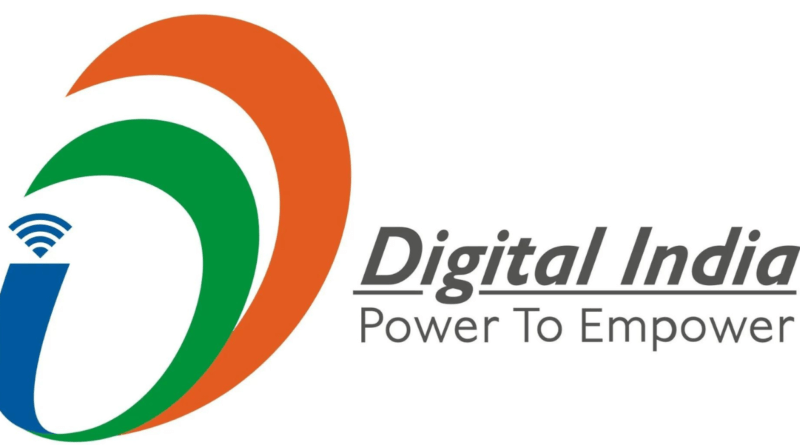Introducing The Spectacular India’s Digital Transformation And Tech
India’s journey to digitalization has been nothing short of revolutionary. The ‘Digital India’ project has played an important part in this transformation. It’s not simply the astonishing number of internet connections, which will reach 830 million by 2021. It’s about how these connections have overcome the urban-rural divide, with urban regions accounting for 55% while wireless accounts for an astonishing 97%. This is about developing an inclusive and expansive digital ecology, not just connectivity.

The smartphone revolution adds to this narrative. With smartphone sales expected to surpass 1 billion by 2026, we are witnessing a tech boom that has the potential to transform India’s digital sector into a trillion-dollar economy by 2030. This marks a significant shift in how technology is accessed and used throughout the country.

E-commerce in India is rapidly changing the business scene, expanding beyond huge online shops to include accessible platforms for small-scale businesses, cloud kitchens, and simple payment methods. This transformation is altering consumer behaviour, transforming supply chain logistics, and increasing market access. The sector’s growth is spectacular, with forecasts of $350 billion by 2030. In 2022, e-commerce grew by 21.5%, reaching a market size of $74.8 billion. These data are more than just statistics; they signal a significant movement towards a more inclusive and dynamic digital economy, which is critical to India’s economic success.
The direct-to-consumer (D2C) market stands out in this digital transformation. Many D2C firms, which were previously successful online, are now creating a physical presence, offering in-store experiences, and appearing in various retail stores. This development reflects a growing preference for immersive retail experiences and direct, personalised consumer connection. The D2C industry, expected to reach $60 billion by FY27, demonstrates the growing customer desire for firms that offer a seamless combination of online and offline interactions, establishing e-commerce as a revolutionary force in India’s digital era.
Furthermore, FinTech is transforming financial services with unprecedented efficiency and accessibility. Online banking now provides entire digital experiences, such as AI-powered loan processing and faster account administration. This sector is expanding rapidly, with the digital payments user base expected to reach 837.20 million by 2028. Enhanced security measures in online transactions are increasing consumer trust, which is critical for this expansion. Insurance and EMI payments have been simplified, resulting in the digital investment market’s projected rise to $1,983 million by 2024. This revolution is changing the financial habits of millions of people, making services more inclusive and efficient across the country.
Emerging markets in India are gaining pace, including digital fitness, online healthcare, food delivery, and smart home gadgets. These industries aren’t just expanding; they’re transforming daily life. They demonstrate how digital transformation is expanding beyond traditional company models, profoundly altering lifestyle decisions and consumer habits. This change mirrors a larger trend of technology effortlessly merging into everyday life, making services more customised, accessible, and efficient.
Key trends shaping India’s digital transformation include agritech, electric vehicles (EV), the internet of things (IoT), the Open Network for Digital Commerce (ONDC), sustainability, and the Government e-Marketplace (GeM). Agritech is transforming agriculture through data-driven initiatives, while EVs represent a transition towards sustainable transportation. The IoT is revolutionising everyday life by connecting several gadgets and increasing efficiency. ONDC intends to democratise e-commerce, providing equal chances for all retailers. Sustainability is increasingly integrated into company plans, and GeM is streamlining government procurement to improve transparency.
To sum up, India’s digital growth trajectory is both amazing and optimistic, demonstrating a nation on the move. However, the journey is far from complete. The future depends on constantly learning new skills and integrating innovation into practical, daily work. Adopting this approach will ensure that India not only rides but also leads the wave of digital transformation, establishing a global standard for technical innovation and implementation.




